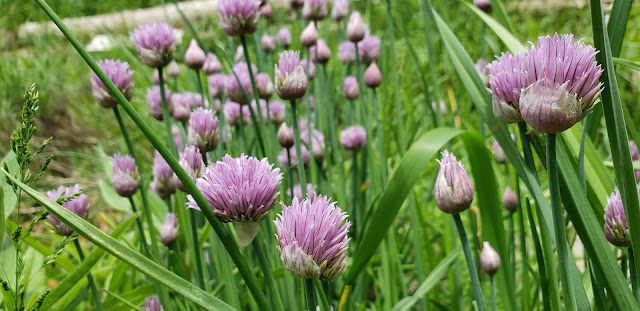Planning, Preparing, and Planting Your Garden
Gardening does not have to be difficult or take very much
space. (Click here to learn about container gardening). A few things it does
take are planning and preparation. By planning your garden, you will maximize
the use of your space, conserve resources, reduce the need to pesticides and
herbicides, and increase your yields.
Sketch the layout of your garden area including the number
of each plant and the placement of each plant. (Click here for a table
detailing the spacing requirements for some of the most common vegetables.)
Next, determine the planting schedule. In order to do this, you need to
determine the average last frost (ALF) date for your area. The National ClimateData Center is a resource to determine ALF dates. Simply select the State in
which you reside to generate a table containing the ALF dates. On the left, is
a list of cities – find the one closest to you. The next column has the
probability of frost during (90, 50, and 10%) for the listed date. You will use
this information to plan when you need to start the seeds and when to plant the
seedlings outside. (Click here for a table detailing the planting timeline for
common plant varieties.) Now that you have a good plan complete with schedule,
you are ready to purchase your seeds and plants.
To start your seeds, you will want to use clean nursery pots
or a seed starter tray and loose soil. Plant the seeds to the depth described
in the directions on the packet because each seed it different make sure to read
the instructions before beginning.
MAKE SURE TO LABEL THE POTS! It is a good
idea to moisten the soil before adding the seeds. This helps prevent the seed
from washing away when you water it in. Once the seed is in the soil, gently
press the soil down to contact the seed. Lightly sprinkle or mist water over
soil to moisten – DO NOT WATER WITH TOO MUCH FORCE AS YOU DO NOT WANT TO WASH
AWAY THE SEED. After the initial watering, it is best to water the seedlings
from the bottom – this will prevent disturbing the delicate roots and help
prevent dampening off. Place the nursery pots in a warm, brightly light area (a
window or under a LED light.) Check on the seedlings regularly, I suggest
checking on them 2 -3 times a day when the seeds are just starting to sprout –
especially if the area gets hot. It is important that you DO NOT LET THE SEED
SPROUTS DRY OUT.
 Be Patient! It takes about to 2-weeks for most varieties to
sprout. (Some flower varieties take 4-6 weeks!) Once the seeds sprout, continue
to keep them wet and warm. After the second set of leaves form, it is time to harden
the plant off in preparation of planting it outside. To harden off a plant, place
it outside in a shady, protected area. Leave the plant out all day and bring it
in at night. Continue to harden off the plant over the course of two weeks. Once
the plant is hardened-off, it is time to plant it in the prepared garden bed.
Be Patient! It takes about to 2-weeks for most varieties to
sprout. (Some flower varieties take 4-6 weeks!) Once the seeds sprout, continue
to keep them wet and warm. After the second set of leaves form, it is time to harden
the plant off in preparation of planting it outside. To harden off a plant, place
it outside in a shady, protected area. Leave the plant out all day and bring it
in at night. Continue to harden off the plant over the course of two weeks. Once
the plant is hardened-off, it is time to plant it in the prepared garden bed.
Growing your own vegetables is a rewarding experience. It is
most enjoyable and less stressful when you plan and prepare your garden. With
the proper planning and preparation, you will spend less time tending your
garden and more time enjoying the beauty and splendor of its sounds, sights,
and scents.








Comments
Post a Comment